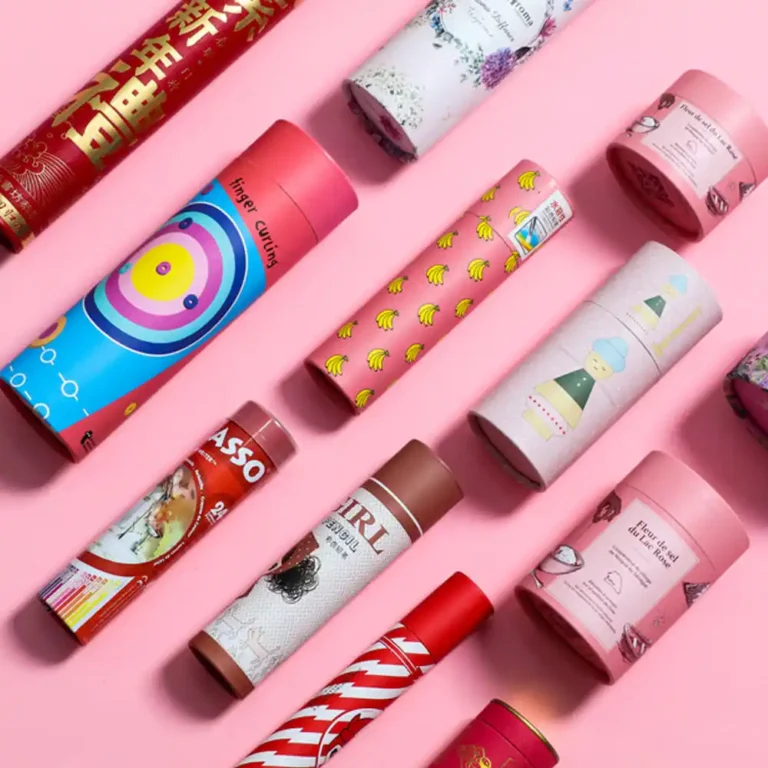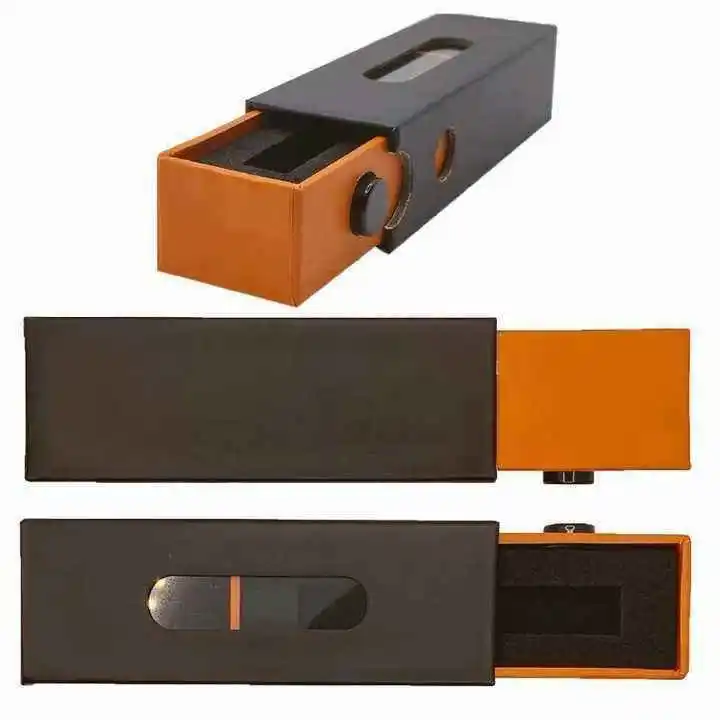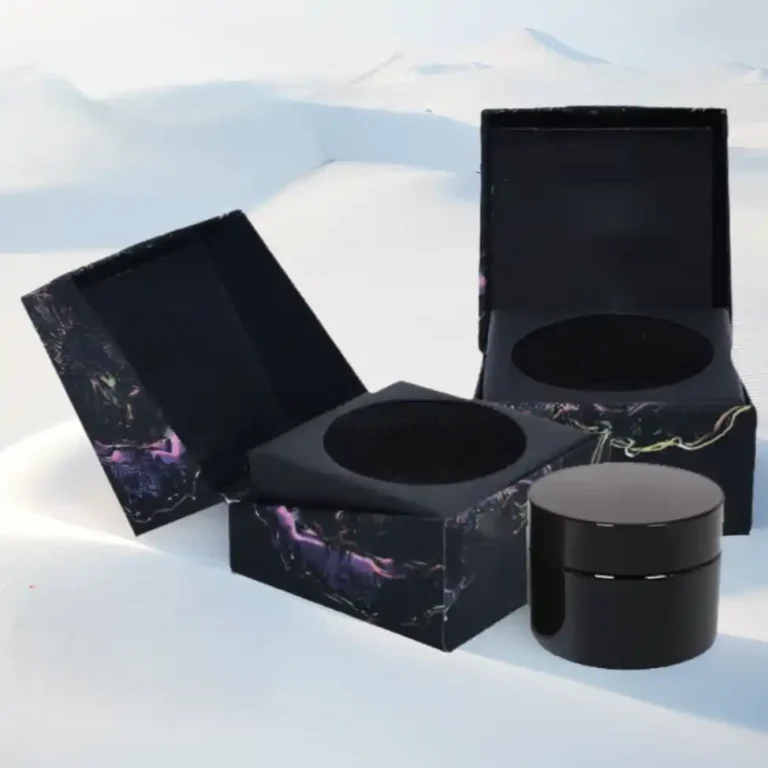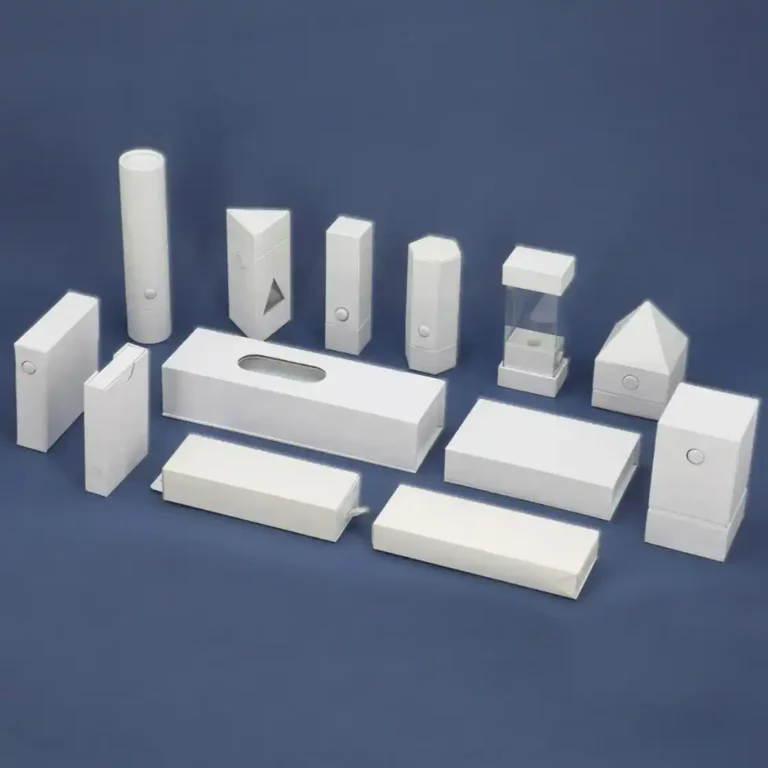Packaging strategy: the key to optimizing the supply chain
Introduction
When packaging works in sync with sourcing, production, and logistics, the entire supply chain relocates with less friction. Cartons protect better, pallets dice out cleaner, vehicles run fuller, and returns drop. The reward is durability, speed, and a steadier customer experience. This overview demonstrates how smart materials, modular structures, and service-based versions turn product packaging from a price center into an efficiency engine throughout purchase, warehousing, transportation, and reverse flows.For concrete execution, you can anchor your roadmap in proven formats like folding cartons, printed corrugated boxes, cardboard displays, and collapsible gift boxes, all coordinated from the homepage.
Table of Contents

1. Protective barrier: Smart materials build a supply chain safety net
Damage rate reduction and ISTA-minded design
Design to tested performance rather than guesswork. Match board grades, liners, inserts, and closures to real vibration, compression, and drop profiles. Tougher where it matters and lighter where it does not keeps goods safe and units per pallet high.
Condition monitoring and traceable lots
Pair tamper-evident features with scannable IDs. Track lots from converting to last-mile. A crisp chain of custody speeds recalls and strengthens quality feedback loops into sourcing and converting.
Right-size engineering and cube optimization
Use dielines and inserts that cradle the product while shaving void. Smaller outer dimensions stack tighter, increase cases per layer, and cut dunnage. Explore slim trays for cosmetics and personal care, such as formats similar to jewelry boxes or candle boxes when applicable SKUs allow.
Fit-for-purpose substrates and hybrid builds
Blend rigid where precision matters with corrugated where impact absorption matters. Paper-based tubes like paper tube packaging are strong for cylindrical goods and help standardize pallet patterns across mixed SKUs.

2. Efficiency engine: Modular design reconstructs the logistics paradigm
Standard footprints and pack counts
Choose a small set of master footprints so different SKUs share the same case, tray, and pallet logic. Common footprints reduce changeovers, simplify WMS slotting, and raise pick velocity.
Knockdown formats and warehouse density
Flat-pack structures free up air in inbound containers and distribution centers. Collapsible constructions shorten assembly time at pack-out and let you flex storage as seasons shift. See inspirations in collapsible gift boxes for consumer goods that need premium presence and compact storage.
Layering for omnichannel readiness
Design one pack architecture that can flow to retail shelf, ecom ship, or direct store delivery with minimal changes. Outer shipper plus an inner retail-ready unit keeps handling steps predictable and reduces repack work.
Pallet architecture and truck fill
Align case heights to pallet layer rules so you hit stable 1.2 or 1.6 meter stacks without overhang. Tighter palletization means fewer trucks for the same volume, less handling, and lower damage risk during transit. Corrugated shippers like printed corrugated boxes keep weight down while maintaining compression strength.
Visual merchandising and last-meter labor
For promotions and launches, integrate shippers that convert to displays to cut store labor. Pre-sized trays that drop into fixtures save minutes per unit and reduce waste. Explore structures akin to cardboard displays to accelerate set-ups without extra materials.

3. Value Center: Strategic Transition of Packaging as a Service
Packaging-as-a-Service operating model
Treat packaging as a managed platform. Consolidate specifications, vendors, inventories, and forecasting under one coordinated program. You gain volume leverage, consistent quality, and faster onboarding for new SKUs.
Data governance and continuous improvement
Capture line stops tied to cartons, scan exceptions in receiving, and record damage codes at returns. Close the loop with monthly design sprints that adjust board grades, inserts, or closures based on real failure modes. Use SKU families to roll fixes across assortments, including formats similar to electronics boxes for devices and accessories.
Sustainability linked to logistics KPIs
Target fewer materials, higher recycled content, and easier disassembly, then tie those goals to cube utilization and damage reduction. The greenest pack often travels best because it is right-sized, stack-stable, and simple to recover.
Portfolio simplification and speed to market
A trimmed library of dielines, coatings, and closures slashes proofing cycles and accelerates campaigns. Category pages such as paper gift boxes and folding cartons illustrate how a modular portfolio still covers diverse brand expressions.
Conclusion
Packaging is the lever that touches every mile and minute of your supply chain. Start with safety through materials that truly protect. Build efficiency with modular footprints and knockdown forms that move and store smarter. Then elevate value by managing packaging as a service with data-driven improvements and simplified portfolios. When you connect these layers, you unlock resilience, lower waste, and faster flow from factory to unboxing. Explore adaptable options on the homepage and align structures to your network so every box, tray, and tube earns its keep.











